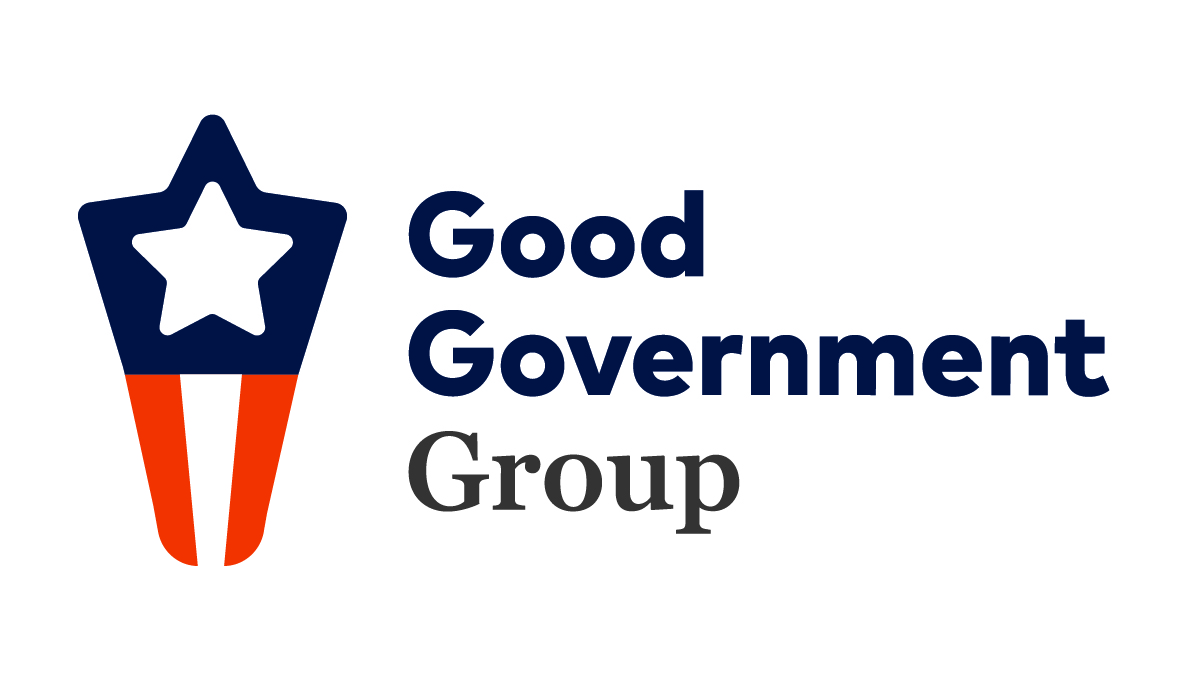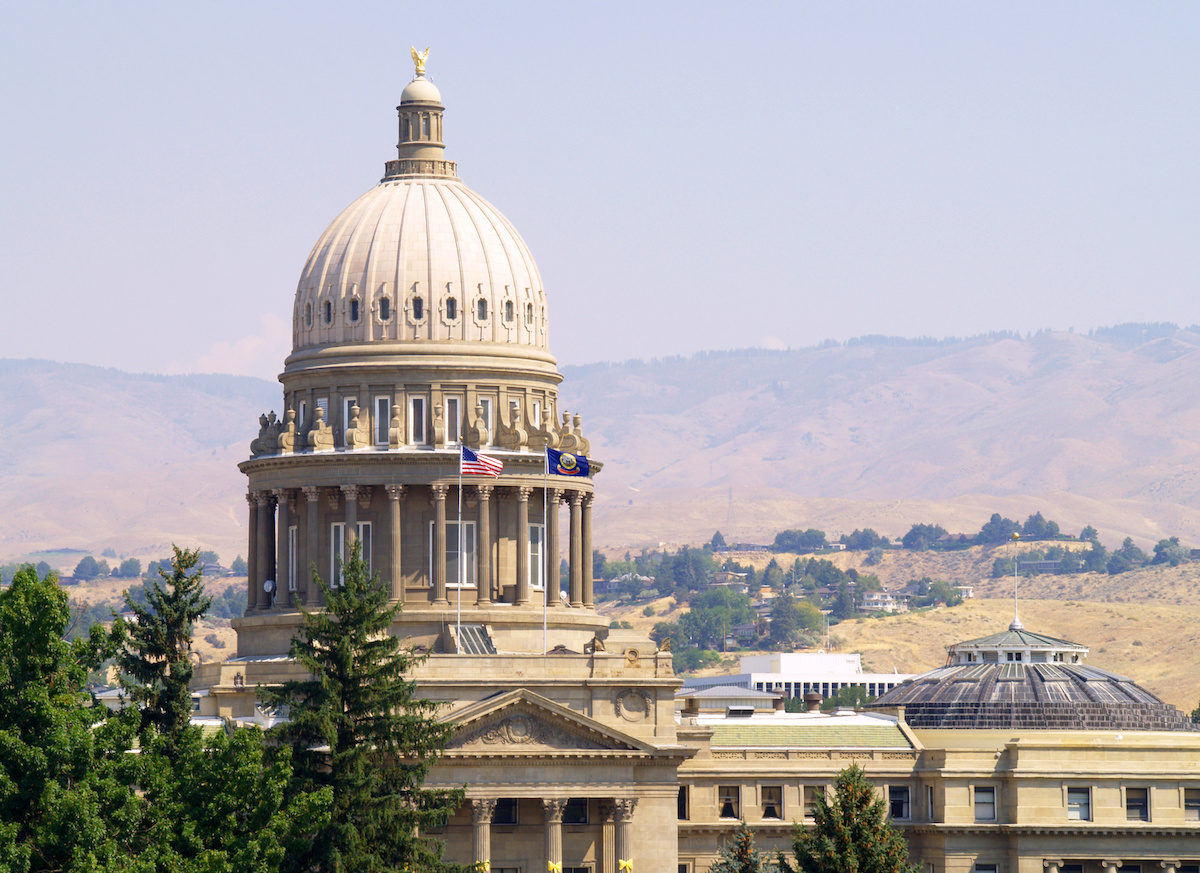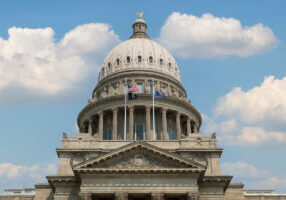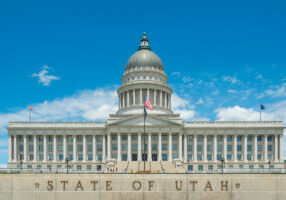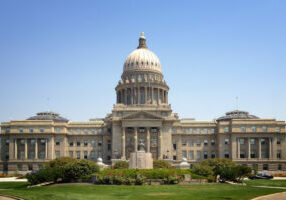The Idaho Legislature began its 2023 regular session on January 9, following the inauguration of Republican Governor Brad Little for his second term. With a GOP supermajority in both chambers, the session will continue until late March or early April under the leadership of Senate President Pro Tempore Chuck Winder and Speaker of the House Mike Moyle.
The session sees the arrival of 51 new legislators, with 20 in the Idaho Senate and 31 in the Idaho House. Of these new legislators, 39 will serve for the first time in their roles.
$1.5 Billion Surplus
Lawmakers are expected to address several key issues during the 2023 session, including what to do with a projected $1.54 billion budget surplus. Gov. Little’s proposed budget offers a variety of new initiatives, including:
- Property Tax Relief: Governor Little would put $120 million toward reducing local property taxes.
- Infrastructure Improvements: Governor Little is proposing to invest $1 billion in infrastructure projects, such as fully funding ongoing transportation safety initiatives, improving local bridges and airports, and expanding broadband access.
- Higher Pay for Teachers and Cops: The governor wants to raise Idaho’s starting teacher salary to $47,477 – which would rank among the top 10 states nationwide. Additionally, he has proposed allocating $97.4 million to improve pay of other school professionals, such as cafeteria workers and bus drivers. His plan for law enforcement includes a 10% pay raise for officers.
- Behavioral Health Investments: Governor Little has recommended allocating $100 million to expand access to mental health and child care programs, improve emergency medical services in rural areas, and increase the number of physicians. Additionally, his budget would use $72 million of state and federal funds to expand behavioral health services to Medicaid beneficiaries. He also proposed creating a new statewide drug interdiction team to combat the spread of fentanyl.
- Recession Plan: The Governor’s plan includes paying off debt, addressing deferred maintenance, increasing rainy day funds by $61.7 million, augmenting the fire suppression fund, maintaining a structurally balanced budget, and leaving a surplus to protect against economic uncertainty.
The Governor’s Office forecasts that the state will draw approximately $5.8 billion in revenue for the 2023 fiscal year and $5.55 billion in the 2024 fiscal year.
Medicaid Expansion
The Idaho Legislature will evaluate the Medicaid expansion program that voters approved in 2018. By January 31st, lawmakers will review the fiscal, health, and other impacts of Medicaid expansion, then decide whether to keep eligibility expanded. The current Medicaid budget is around $4 billion, with 70% of funding coming from the federal government.
House Speaker Moyle and other Republicans believe there is a need to control the costs of Medicaid expansion, arguing that cutting other budgets and raising taxes to cover Medicaid at the expense of schools and other government services would not be ideal. On the other hand, Democrats, such as Senate Minority Leader Melissa Wintrow, support continuing Medicaid expansion, saying it has helped increase healthcare access for low-income Idahoans.
Education
During September’s special session, lawmakers set aside $410 million for education initiatives. Those funds, with $330 million designated for K-12 public education, must now be directed to specific programs and initiatives to support the state’s education system.
Gov. Little’s plan for the education funds includes proposals to increase discretionary funds for school districts, create a new scholarship fund for high school graduates, and more. The governor also wants to make the Empowering Parents grant program permanent, which provides grants of up to $1,000 per child or $3,000 per family to offset pandemic-related learning loss.
Worker Shortage
Idaho employers face a significant shortage of skilled workers. In response, Gov. Little has proposed a solution to this shortage by creating the Idaho Launch scholarship program, which would provide $8,500 scholarships to graduating high school students to attend an Idaho university, community college, career technical, or workforce training program.
If it becomes law, this program would be the most significant investment in career technical and workforce training in the state’s history. This program aims to address the workforce shortage and ensure that the state’s industries have the necessary workforce to grow and prosper.
